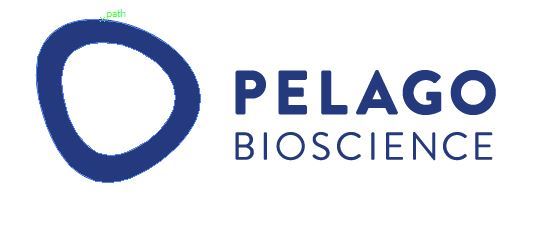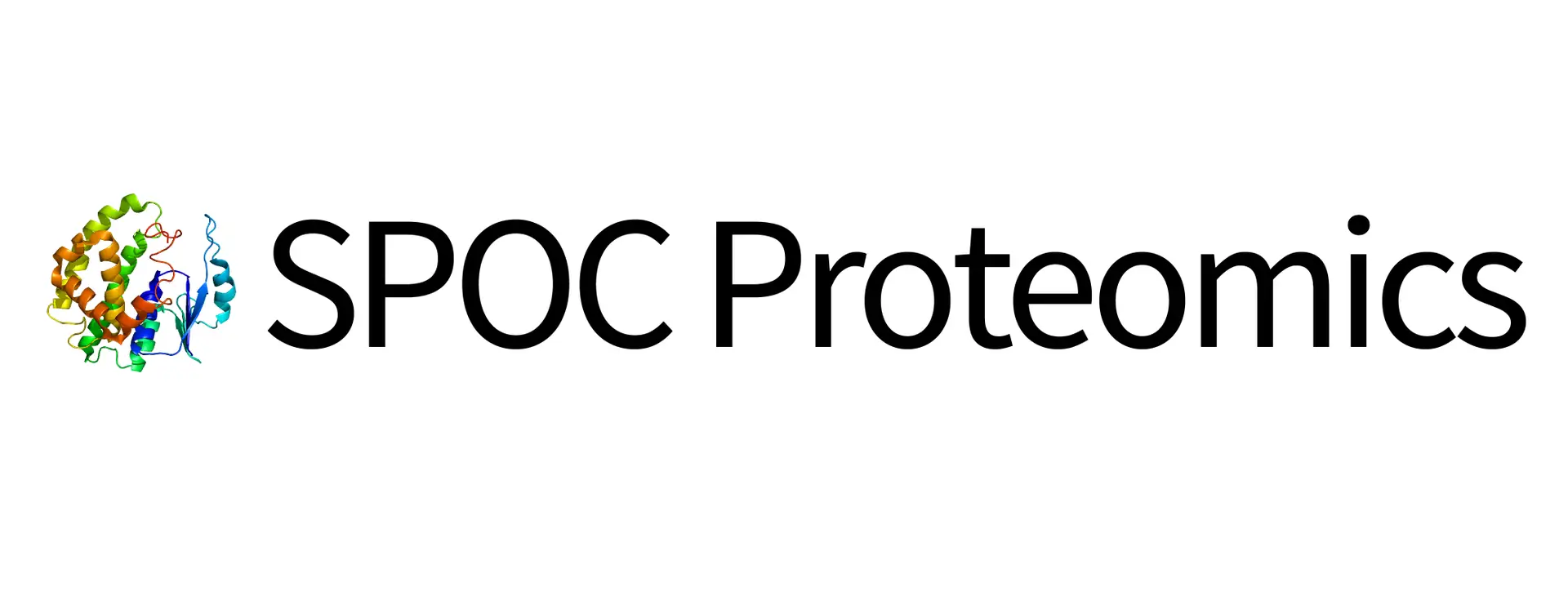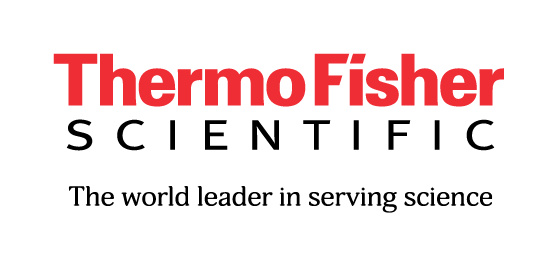|
Human Diabetes Proteome Project (HDPP) |
The Human Diabetes Proteome Project | From Network Biology to Targets for Therapies and Prevention Diabetes occurs when insulin secretion or use is inadequate and can no longer maintain normoglycemia. Failure of the ß-cell secretory machinery has been suggested as a primary cause for the reduced insulin secretion but loss in ß-cell mass by a skewed ratio of apoptosis versus proliferation has also been suggested. It has been demonstrated that a tight control of glycemia in T2DM improves insulin sensitivity and secretion, suggesting a toxic effect of elevated glucose levels on ß-cells and insulin target cells. Indeed, prolonged exposure of ß-cells to high levels of glucose decreases insulin secretion. Not only glucose but also fatty acids cause harmful actions depending on their concentration and exposure time. Chronic high glucose and lipid exposures modify a number of biological pathways including the expression of glucose and lipid metabolic enzymes as well as transcription factors. Two concepts have thus emerged: glucotoxicity and lipotoxicity. The concept of glucolipotoxicity with the hypothesis that elevation of both glucose and fat synergize their toxicity on cells has also been proposed, where glucose-induced reduction in fat oxidation and promotion of lipid esterification in ß-cells could contribute. This concept is potentially complementary to the fact that reactive oxygen species (ROS) and glycation of proteins are implicated in both glucotoxicity and lipotoxicity inducing cell apoptosis. The goal of the HDPP initiative is to perform large-scale network biology-based experiments on various specialized cells and tissues as well as re-analysis of existing data. This strategy will allow dissection of the regulatory mechanisms that underlie the detrimental effects of glucose and lipids, as well as to list and target proteins of interest, which could be potential biomarkers of diabetes-related conditions or provides early evidence of developing disease. In parallel, HDPP intend to produce extended proteomes of diabetes-related cells/tissues/fluids, which will be the starting point for the discovery of “missing proteins” not previously described at the protein level. These efforts are crucial for the development of new diagnostic tools and new therapeutic drugs protecting cells and organs from the toxicity of excess of these molecules. Current lines of work:The main aims and some current lines of work are the following:
Related documents:Papers:GLP‐1 Analogue, Exendin‐4, Modulates MAPKs Activity but not the Heat Shock Response in Human HepG2 Cells. Dhanya Madhu, Maha Hammad, Sina Kavalakatt, Abdelkrim Khadir, Ali Tiss. Prot. Clin. Appl. 2018, vol. 12, 1600169 The differential plasma proteome of obese and overweight individuals undergoing a nutritional weight loss and maintenance intervention. Sergio Oller Moreno, Ornella Cominetti, Antonio Núñez Galindo, Irina Irincheeva, John Corthésy, Arne Astrup, Wim H.M. Saris, Jörg Hager, Martin Kussmann, Loïc Dayon. Prot. Clin. Appl. 2018, vol. 12, 1600150 Alteration of Liver Peroxisomal and Mitochondrial Functionality in the NZO Mouse Model of Metabolic Syndrome. Birgit Knebel, Simon Göddeke, Sonja Hartwig, Tina Hörbelt, Pia Fahlbusch, Hadi Al-Hasani, Sylvia Jacob, Cornelia Koellmer, Ulrike Nitzgen, Martina Schiller, Stefan Lehr, Jorg Kotzka. Prot. Clin. Appl. 2018, vol. 12, 1700128 Insights into Islet Differentiation and Maturation through Proteomic Characterization of a Human iPSC‐Derived Pancreatic Endocrine Model. Corinne Haller, Prasad Chaskar, Julie Piccand, Ornella Cominetti, Charlotte Macron, Loïc Dayon, Marine R-C Kraus. Prot. Clin. Appl. 2018, vol. 12, 1600173 Obesity shows preserved plasma proteome in large independent clinical cohorts. Ornella Cominetti, Antonio Núñez Galindo, John Corthésy, Armand Valsesia, Irina Irincheeva, Martin Kussmann, Wim H. M. Saris, Arne Astrup, Ruth McPherson, Mary-Ellen Harper, Robert Dent, Jörg Hager, Loïc Dayon. Scientific Reports 2018, vol. 8, 16981 Initial hyperinsulinemia and subsequent β-cell dysfunction is associated with elevated palmitate levels (2016) Staaf, J., Ubhayasekera, S.J.K.A., Sargsyan, E., Chowdhury, A., Kristinsson, H., Manell, H., Bergquist, J., Forslund, A., Bergsten, P. Pediatric Research, 80 (2), pp. 267-274. Early signs of disease in type 1 diabetes. Moulder, R., Lahesmaa, R. (2016) Pediatric Diabetes, 17, pp. 43-48. Altered plasma levels of glucagon, GLP-1 and glicentin during OGTT in adolescents with obesity and type 2 diabetes Manell, H., Staaf, J., Manukyan, L., Kristinsson, H., Cen, J., Stenlid, R., Ciba, I., Forslund, A., Bergsten, P. (2016) Journal of Clinical Endocrinology and Metabolism, 101 (4), pp. 1181-1189. Discovery in 1000 Human Plasma Samples with Mass Spectrometry. Cominetti, O., Núñez Galindo, A., Corthésy, J., Oller Moreno, S., Irincheeva, I., Valsesia, A., Astrup, A., Saris, W.H.M., Hager, J., Kussmann, M., Dayon, L. Proteomic Biomarker. (2016) Journal of Proteome Research, 15 (2), pp. 389-399. Label-free quantitation for clinical proteomics. Moulder, R., Goo, Y.A., Goodlett, D.R. (2016) Methods in Molecular Biology, 1410, pp. 65-76. Serum proteomes distinguish children developing type 1 diabetes in a cohort with HLA-conferred susceptibility. Moulder, R., Bhosale, S.D., Erkkilä, T., Laajala, E., Salmi, J., Nguyen, E.V., Kallionpää, H., Mykkänen, J., Vähä-Mäkilä, M., Hyöty, H., Veijola, R., Ilonen, J., Simell, T., Toppari, J., Knip, M., Goodlett, D.R., Lähdesmäki, H., Simell, O., Lahesmaa, R. (2015) Diabetes, 64 (6), pp. 2265-2278. Sakamoto, K. Motif affinity and mass spectrometry proteomic approach for the discovery of cellular AMPK targets: Identification of mitochondrial fission factor as a new AMPK substrate. Ducommun, S., Deak, M., Sumpton, D., Ford, R.J., Núñez Galindo, A., Kussmann, M., Viollet, B., Steinberg, G.R., Foretz, M., Dayon, L., Morrice, N.A., (2015) Cellular Signalling, 27 (5), pp. 978-988. Quantitative proteomics reveals the link between minichromosome maintenance complex and glucose-induced proliferation of rat pancreatic INS-1E β-cells. Schvartz, D., Couté, Y., Sanchez, J.-C. (2014) Journal of Proteomics, 108, pp. 163-170. Uppsala Longitudinal Study of Childhood Obesity: Protocol description. Forslund, A., Staaf, J., Kullberg, J., Ciba, I., Dahlbom, M., Bergsten, P. (2014) Pediatrics, 133 (2) Proteomics in the systems-level study of the metabolic syndrome. Rubio-Aliaga, I., Silva-Zolezzi, I., Affolter, M., Dayon, L., Panchaud, A., Kussmann, M. (2014) A Systems Biology Approach to Study Metabolic Syndrome, pp. 185-212.
Links to other HPP groups:According to the neXtProt database, 34 of the proteins in our islet proteome database have to date only been identified at the transcript level. These proteins were listed in our publication as well as their chromosomal localization. This list will be spread into the scientific community, targeting especially C-HPP initiatives, through the HDPP website and the various congresses and workshops. This work thus bridges with the C-HPP initiatives to target their research of missing proteins across the various chromosomes. Leadership:
For more information or participation opportunities please contact office(at)hupo.org. |



.png)
















